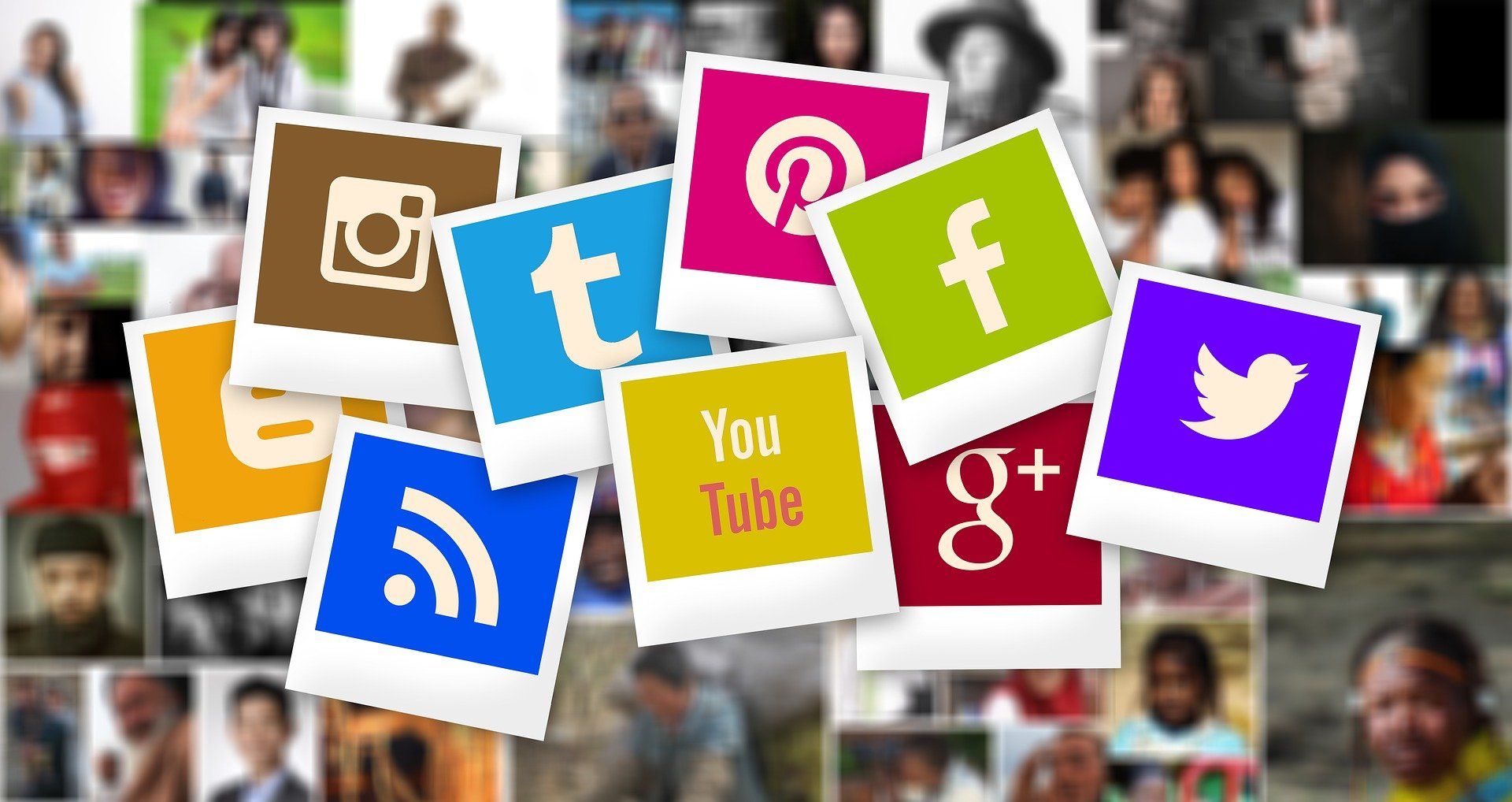When to post on social media for business

So you’ve created and organized all the content you want to post on your social media platforms for your business. It’s one-hundred percent on-brand, cohesive, and sure to prompt followers to take action and convert non-followers into your company’s newest loyal fans. Great! But… what days and times are the best for getting those posts the highest amount of engagement?
There’s nothing worse than coming up with stellar content, then posting it at an inopportune time, resulting in a lower than desired number of comments, likes and shares. After careful research, no matter what the business sells or who the audience is, we at Phase 3 have determined the best time for any business account to post to obtain total viral status:
There isn’t one.
Yep. Despite what a quick google search might reveal, there’s not a single silver bullet approach to the perfect time to post on any social platform. That doesn’t mean that one can post whenever they feel like it, though! Those search results might give a user some rather specific times and days that help give one an idea of when to post, but they are not times to live and breathe by.
Consider your own business’s followers: they all possibly have differing work schedules from one another, maybe live in different time zones, and consequently, all live different lives with variations in their social media activity. As a social audience grows for a business account, their unique habits are discoverable, therefore enabling the page admin to find the optimal time to post!
Narrowing down when YOUR following is online and engaged is going be the first step to finding those perfect “posting sweet spots.” It’s significantly easier than one may think! Facebook and Instagram both have beneficial insight features that show business account users their page’s actionable data.
FINDING YOUR INSTAGRAM ANALYTICS
If you have a business account, you can easily access your pages’ Instagram analytics. From the ≣ button at the top right corner of your Instagram profile, a sidebar on the right will appear. Click next on Insights . Insights will take you to a plethora of useful information, such as what days in the week posts have had the most actions take place on, profile visits, how many accounts have been reached and so much more! From the Insights page, click on the Audience tab on the far right of the menu bar.
From here, scroll down to the bottom of the page where it says Followers . This is going to show when your following is most active. Tap on the bar graph to reveal specific numbers. One can also tab between Hours , which shows follower activity info for individual days in 3 hour increments and Days, showing which days of the week the followers are most active!
FINDING YOUR FACEBOOK PAGE ANALYTICS
From your Facebook Business account page, click on the Insights tab on the menu bar. From here, head on down to posts on the left-hand side menu. You’ll be able to see data from a recent one-week period of time that shows when your fans are online down to the hour. It’s quite easy!
By diving deep into the personalized analytics of your pages, you’re able to quickly see what times might be the most ideal, leading your business to social media success! Feel free to experiment with posting within these windows of time to see EXACTLY when your posts will receive the highest amount of engagement. Don’t let another great post of yours escape the view of audience!










